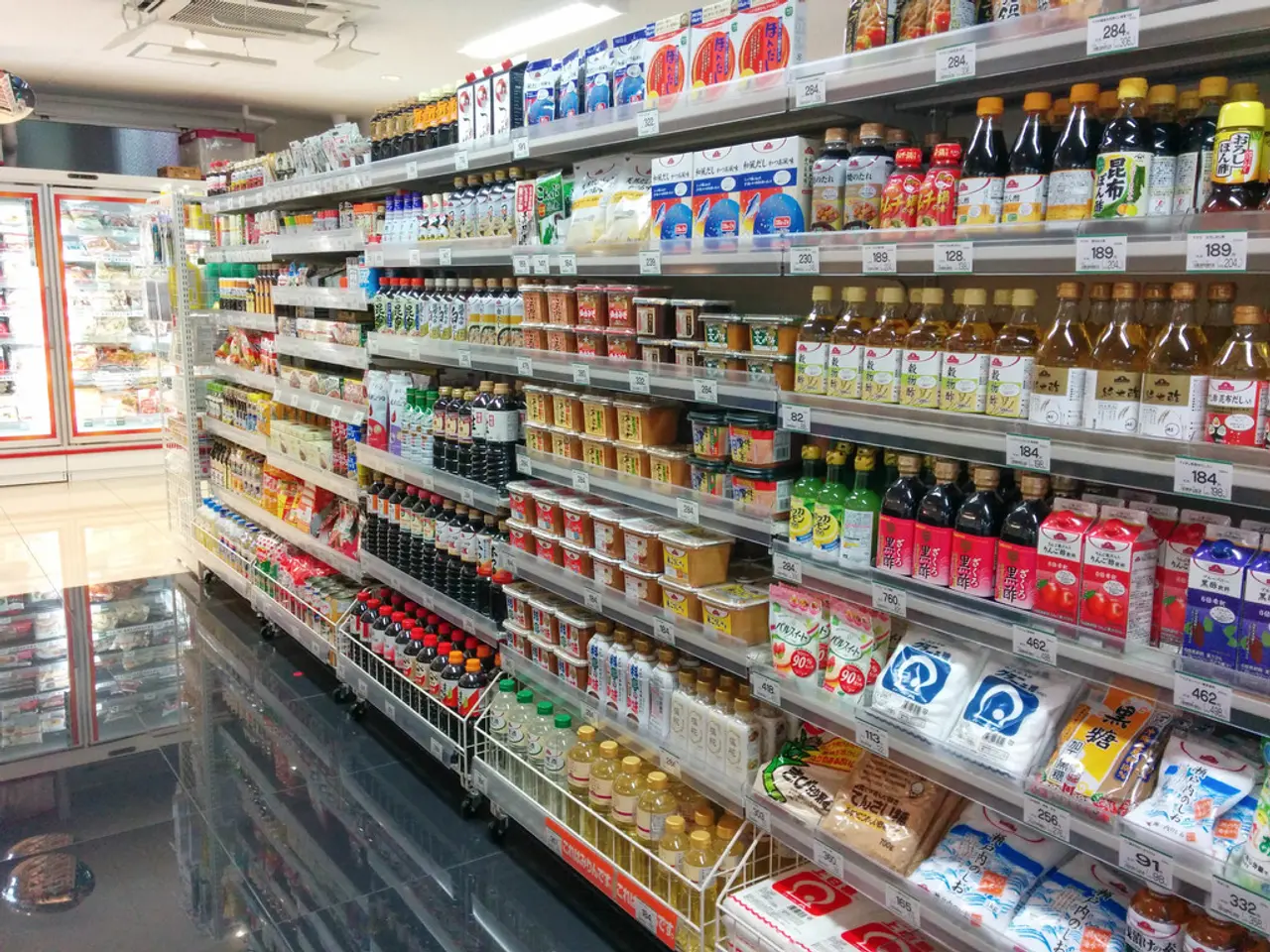Growing numbers of consumers are turning to Buy Now Pay Later schemes for their grocery purchases, according to a recent survey.
In recent times, the use of Buy Now, Pay Later (BNPL) services has become increasingly common among U.S. consumers, particularly the younger generations. A 2025 LendingTree survey found that nearly a quarter of American BNPL users rely on these services to finance groceries, up from 14% the previous year[2]. This trend is indicative of growing economic pressure on households.
Younger generations are leading this trend. According to a survey by CouponBirds, 66% of Gen Z shoppers have used BNPL services, with about 51% of Gen Z using BNPL to make medical expenses more affordable and 32% using deferred payment for rent, mortgage, or utilities[1]. This suggests that BNPL is increasingly being seen as a way to manage essential and recurring costs rather than just luxury purchases.
However, the implications for credit health are significant. The surveys report high delinquency rates: over half of Gen Z BNPL users have missed at least one payment in the past year, higher than other age groups[1]. LendingTree data also indicates that 41% of BNPL users were late on payments in the past year, and many users hold multiple BNPL loans simultaneously, which can lead to financial strain and credit risk[5].
The rise in BNPL usage for essentials points to broader financial stress among U.S. consumers amid inflation and economic uncertainty. The volume of BNPL transactions grew substantially, reaching about $46 billion in 2024, roughly a third of the value of American credit card debt that year[2]. Experts have expressed concern that increasing household debt and reliance on flexible payment options for necessities may reflect underlying vulnerabilities and could exacerbate financial instability if consumers cannot keep up with payments[2][3].
Financial advisors warn that using BNPL for food, a recurring essential expense, can turn a daily necessity into a form of debt, especially for consumers living paycheck to paycheck. There is evidence that many young people have multiple active BNPL accounts that are adding to their debt. Marcus Sturdivant Sr., a Charlotte, N.C., financial advisor, warns that frequent use of BNPL for essentials like food creates revolving debt.
Recent changes have allowed BNPL payments to show up on consumers' credit reports, depending on the BNPL provider, the type of loan, and whether the provider chooses to report to the credit bureaus. The use of BNPL repeatedly and accumulating several repayments across different weeks or services can have severe consequences, especially lately. Consumers who use BNPL multiple times for various purchases are "kicking the can down the road," according to Marcus Sturdivant Sr.
Despite these concerns, BNPL can be a cost-effective way to finance a purchase if used only a couple of times a year for expensive items. It's important for consumers to use these services responsibly and avoid relying on them for essential expenses.
References:
- CouponBirds. (2022). Buy Now, Pay Later: How Consumers Are Using BNPL for Daily Expenses and Medical Costs.
- LendingTree. (2022). The Rise of Buy Now, Pay Later: A Survey on Consumer Habits and Credit Health.
- Federal Reserve Bank of St. Louis. (2022). The Growing Use of Buy Now, Pay Later Services Among U.S. Consumers.
- Consumer Financial Protection Bureau. (2022). Consumer Financial Protection Bureau Reports Significant Increase in Buy Now, Pay Later Applications and Approval Rates.
- AP-NORC Center for Public Affairs Research. (2022). AP-NORC Poll: One in Seven U.S. Adults Have Used Buy Now, Pay Later Services for Groceries.
- The trend of using Buy Now, Pay Later (BNPL) services, particularly for essential expenses like groceries and healthcare, suggests that BNPL is increasingly being leveraged for managing everyday costs among younger generations, such as Gen Z.
- Remarkably, high delinquency rates among BNPL users, especially among Gen Z, indicate potential risks to their credit health, with over half reporting missed payments in the past year.
- Financial advisors stress the importance of using BNPL services responsibly, especially when it comes to essential expenses like food, to avoid turning these daily necessities into forms of debt, potentially leading to financial instability and revolving debt.




